Even though it is still only early September, now is the time to start planning for the winter. On dairy farms, one of the biggest jobs heading into winter is drying off cows. Get it wrong, and the consequences can be horrendous. Get it right, and next season will be a lot easier and better.
Drying off cows is not just about sticking an antibiotic tube up the cow’s teat and forgetting about it. There are a number of important decisions to be made even before you reach for the teat.
The first is timing. When to dry off cows depends on a number of interacting factors. The first, and probably the most important, is expected calving date. As a minimum, cows should get 56 days or eight weeks dry. This allows time for udder cells and tissues to repair after a lactation and to prepare for the next lactation.
With no more milk quota, there is a tendency to milk cows on for longer in the winter. While this is OK for late-calving cows, care should be taken to avoid burning the candle at both ends for cows calving in January. These cows should be dried off in November. Some dry cow antibiotics require long dry periods. Products such as Cepravin Dry Cow have a 54-day milk withdrawal period so they cannot be used if the cow is due to calve within 54 days of drying off.
The key here is to know the calving dates of cows in your herd and plan accordingly. These can be obtained from scanning results, or from last service dates. However, if a bull was running with the herd then accurate service dates may be difficult to get.
Another important consideration is body condition score. In many ways this should determine the length of the dry period. Cows in low body condition score (BCS) will require a longer dry period and vice versa. More often, the advice from vets and researchers is to avoid big fluctuations in BCS as a rapid loss in BCS post calving will cause metabolic and other disorders.
So if the target BCS is 2.75 at breeding, should it be 2.75 all year round? For me, I think the key is to try and avoid going below BCS 2.75 and to never drop BCS by more than 0.5 of a score, ever. Cows are going to reduce BCS after calving anyway, but it is minimising this drop that is the challenge for farmers.
It is much worse for a cow to go from BCS 3.5 to BCS 2.75 between calving and mating than for a cow to go from BCS 3 to BCS 2.75 over the same period. While both will be in the same BCS at breeding, one was in negative energy balance for much longer, lost a lot more condition and is probably suffering from subclinical ketosis or other metabolic disorders.
The target is to calve cows at a BCS of 3.25. While it would be nice to think that cows will be dried off in this condition score, in reality this rarely happens. So to calve at 3.25, what length of a dry period do cows need? It all depends on their BCS at drying off and the quality of the silage being offered to them over the winter. This is illustrated in Table 1. If cows are at BCS 2.75 at dry off and are given access to 72% DMD silage ad lib then they should calve down at 3.25.
Table 2, looks at the impact of what doing other things has on BCS. The other things in question are a six-week longer dry period, milking once a day prior to drying off and feeding 2kg of soya hulls or beet pulp while dry. All examples were compared against a standard eight-week dry period at different levels of silage quality.

In a nutshell, silage quality is key. Cows eating 62% DMD silage will lose 0.15 of a BCS over the eight weeks, while cows eating 72% DMD silage will gain 0.5 of a BCS. Adding six weeks to the dry period will add an extra 0.20 BCS to cows eating the poor-quality silage but those on the high-quality silage will gain an extra 0.55 of a BCS. Milking once a day for seven weeks prior to dry off has the same effect regardless of silage quality, increasing BCS by 0.18 of a unit.
Feeding 2kg of soya hulls increases BCS by 0.30 for the cows on the poor quality silage but has a lesser effect on the cows on the good-quality silage, presumably because they are substituting an already good-quality feed.
So getting silage tested for quality is critically important as it really aids management decisions around drying off and the length of the dry period.
Choose a dry cow tube that is best suited to the length of the dry period. Minimum dry period should be eight weeks for udder health.
Some farmers are using antibiotic dry cow tubes more strategically than before. By this, they are only giving antibiotic tubes to the cows that have had high somatic cell count (SCC) during the year. What SCC threshold to use depends on the farm, but in general any cow that tested with an SCC greater than 100,000 should be treated with a dry cow tube. A minimum of four milk recordings over the year is necessary.
Most farmers that use this selective dry cow therapy will use a teat sealer across all cows. They will also pay particular attention to hygiene during the dry period as the antibiotic dry cow tube has a dual purpose – to cure infections from the previous lactation and to prevent new infections while dry.
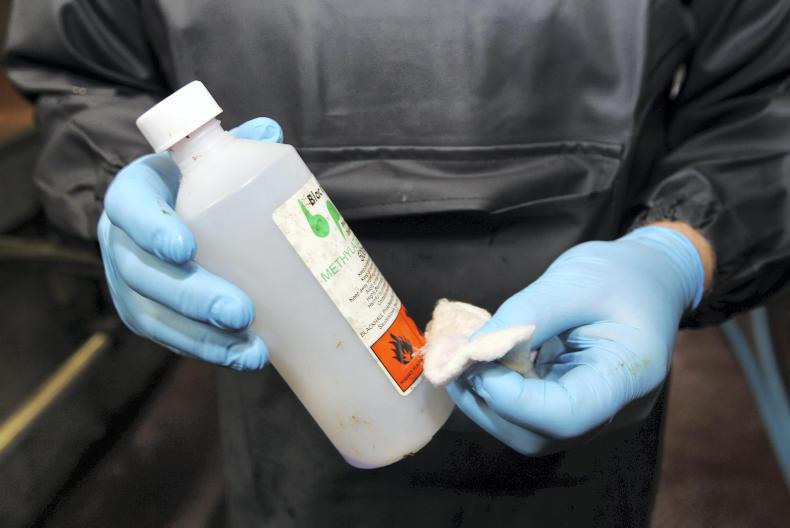 Teat sealing cows is now very common and this is a good help at preventing new infections as it forms a seal preventing the passage of bacteria from the outside world up into the udder. However, you must be careful not to introduce new infection when inserting the seal, so hygiene is critical.
Teat sealing cows is now very common and this is a good help at preventing new infections as it forms a seal preventing the passage of bacteria from the outside world up into the udder. However, you must be careful not to introduce new infection when inserting the seal, so hygiene is critical.
Teat-sealing heifers is also becoming more popular. Again, hygiene is very important for this to be a success. Extra care is needed also as heifers can be dangerous. Best results seem to be achieved when heifers are sealed six weeks out from calving. Some farmers do them in the milking parlour, others in the crush while more use a hoof paring crate.
Read more
Special focus: winter animal health
Even though it is still only early September, now is the time to start planning for the winter. On dairy farms, one of the biggest jobs heading into winter is drying off cows. Get it wrong, and the consequences can be horrendous. Get it right, and next season will be a lot easier and better.
Drying off cows is not just about sticking an antibiotic tube up the cow’s teat and forgetting about it. There are a number of important decisions to be made even before you reach for the teat.
The first is timing. When to dry off cows depends on a number of interacting factors. The first, and probably the most important, is expected calving date. As a minimum, cows should get 56 days or eight weeks dry. This allows time for udder cells and tissues to repair after a lactation and to prepare for the next lactation.
With no more milk quota, there is a tendency to milk cows on for longer in the winter. While this is OK for late-calving cows, care should be taken to avoid burning the candle at both ends for cows calving in January. These cows should be dried off in November. Some dry cow antibiotics require long dry periods. Products such as Cepravin Dry Cow have a 54-day milk withdrawal period so they cannot be used if the cow is due to calve within 54 days of drying off.
The key here is to know the calving dates of cows in your herd and plan accordingly. These can be obtained from scanning results, or from last service dates. However, if a bull was running with the herd then accurate service dates may be difficult to get.
Another important consideration is body condition score. In many ways this should determine the length of the dry period. Cows in low body condition score (BCS) will require a longer dry period and vice versa. More often, the advice from vets and researchers is to avoid big fluctuations in BCS as a rapid loss in BCS post calving will cause metabolic and other disorders.
So if the target BCS is 2.75 at breeding, should it be 2.75 all year round? For me, I think the key is to try and avoid going below BCS 2.75 and to never drop BCS by more than 0.5 of a score, ever. Cows are going to reduce BCS after calving anyway, but it is minimising this drop that is the challenge for farmers.
It is much worse for a cow to go from BCS 3.5 to BCS 2.75 between calving and mating than for a cow to go from BCS 3 to BCS 2.75 over the same period. While both will be in the same BCS at breeding, one was in negative energy balance for much longer, lost a lot more condition and is probably suffering from subclinical ketosis or other metabolic disorders.
The target is to calve cows at a BCS of 3.25. While it would be nice to think that cows will be dried off in this condition score, in reality this rarely happens. So to calve at 3.25, what length of a dry period do cows need? It all depends on their BCS at drying off and the quality of the silage being offered to them over the winter. This is illustrated in Table 1. If cows are at BCS 2.75 at dry off and are given access to 72% DMD silage ad lib then they should calve down at 3.25.
Table 2, looks at the impact of what doing other things has on BCS. The other things in question are a six-week longer dry period, milking once a day prior to drying off and feeding 2kg of soya hulls or beet pulp while dry. All examples were compared against a standard eight-week dry period at different levels of silage quality.

In a nutshell, silage quality is key. Cows eating 62% DMD silage will lose 0.15 of a BCS over the eight weeks, while cows eating 72% DMD silage will gain 0.5 of a BCS. Adding six weeks to the dry period will add an extra 0.20 BCS to cows eating the poor-quality silage but those on the high-quality silage will gain an extra 0.55 of a BCS. Milking once a day for seven weeks prior to dry off has the same effect regardless of silage quality, increasing BCS by 0.18 of a unit.
Feeding 2kg of soya hulls increases BCS by 0.30 for the cows on the poor quality silage but has a lesser effect on the cows on the good-quality silage, presumably because they are substituting an already good-quality feed.
So getting silage tested for quality is critically important as it really aids management decisions around drying off and the length of the dry period.
Choose a dry cow tube that is best suited to the length of the dry period. Minimum dry period should be eight weeks for udder health.
Some farmers are using antibiotic dry cow tubes more strategically than before. By this, they are only giving antibiotic tubes to the cows that have had high somatic cell count (SCC) during the year. What SCC threshold to use depends on the farm, but in general any cow that tested with an SCC greater than 100,000 should be treated with a dry cow tube. A minimum of four milk recordings over the year is necessary.
Most farmers that use this selective dry cow therapy will use a teat sealer across all cows. They will also pay particular attention to hygiene during the dry period as the antibiotic dry cow tube has a dual purpose – to cure infections from the previous lactation and to prevent new infections while dry.
 Teat sealing cows is now very common and this is a good help at preventing new infections as it forms a seal preventing the passage of bacteria from the outside world up into the udder. However, you must be careful not to introduce new infection when inserting the seal, so hygiene is critical.
Teat sealing cows is now very common and this is a good help at preventing new infections as it forms a seal preventing the passage of bacteria from the outside world up into the udder. However, you must be careful not to introduce new infection when inserting the seal, so hygiene is critical.
Teat-sealing heifers is also becoming more popular. Again, hygiene is very important for this to be a success. Extra care is needed also as heifers can be dangerous. Best results seem to be achieved when heifers are sealed six weeks out from calving. Some farmers do them in the milking parlour, others in the crush while more use a hoof paring crate.
Read more
Special focus: winter animal health

 Teat sealing cows is now very common and this is a good help at preventing new infections as it forms a seal preventing the passage of bacteria from the outside world up into the udder. However, you must be careful not to introduce new infection when inserting the seal, so hygiene is critical.
Teat sealing cows is now very common and this is a good help at preventing new infections as it forms a seal preventing the passage of bacteria from the outside world up into the udder. However, you must be careful not to introduce new infection when inserting the seal, so hygiene is critical.





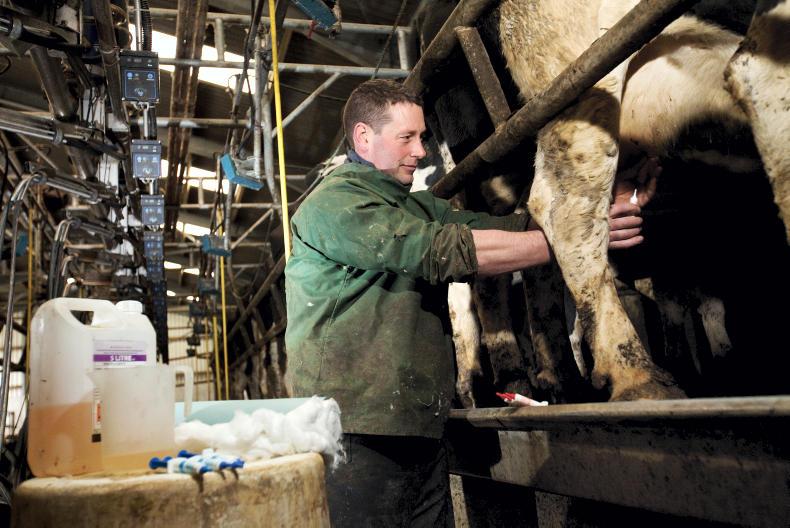
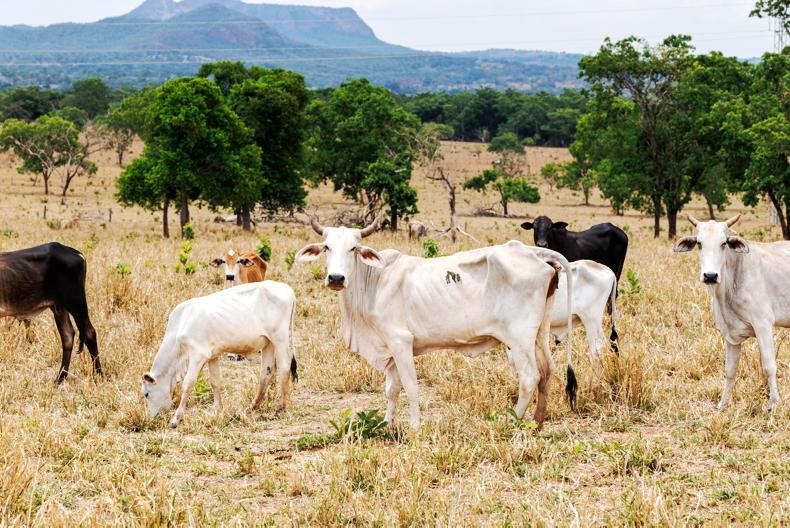

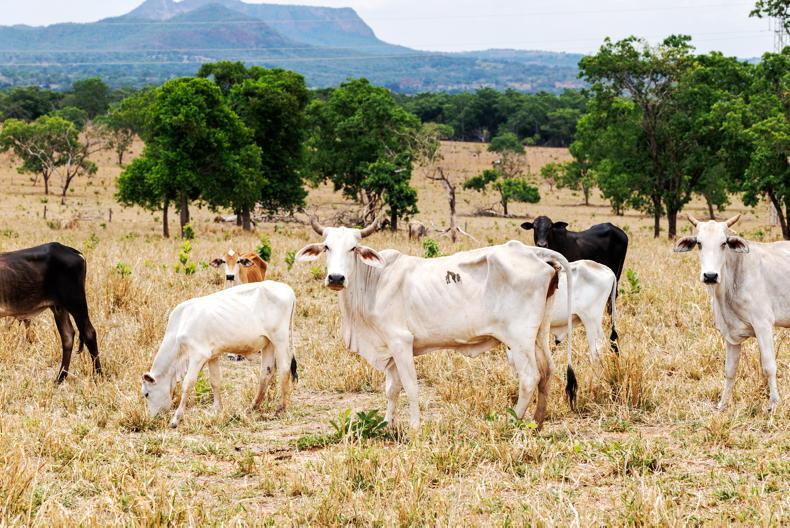
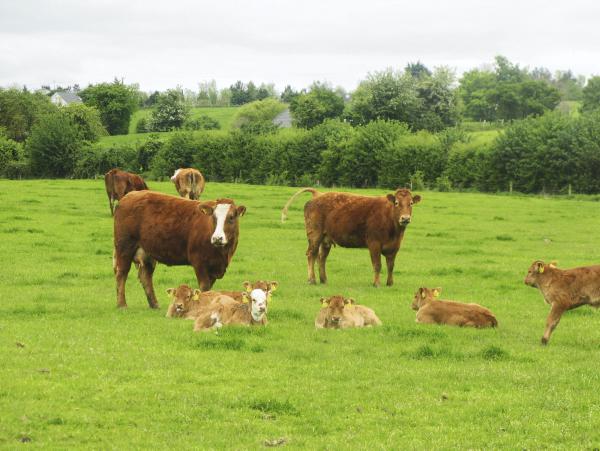
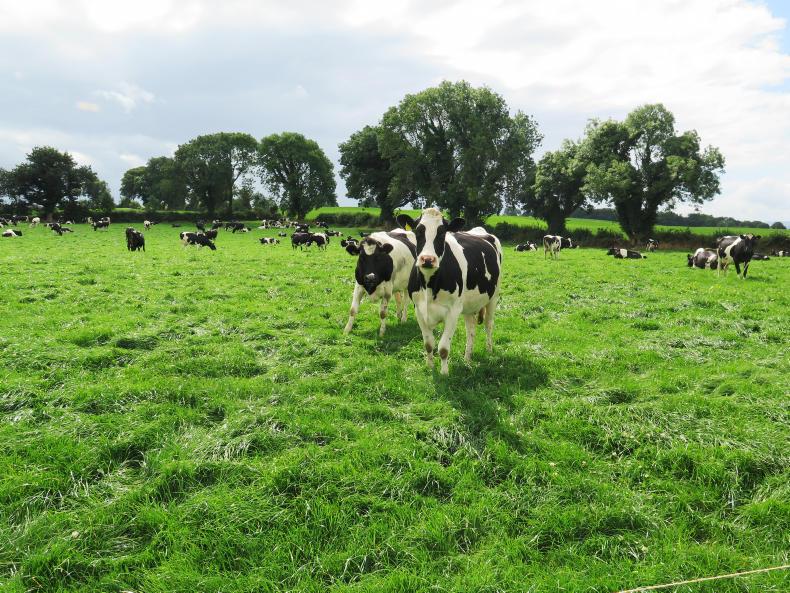
SHARING OPTIONS